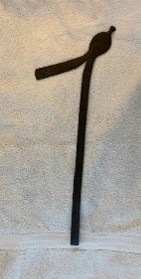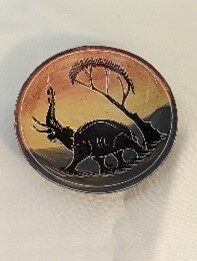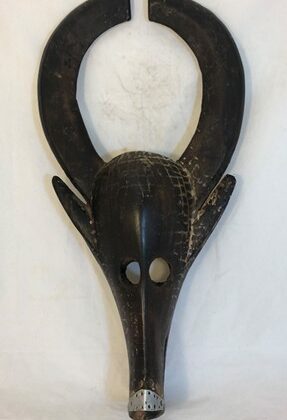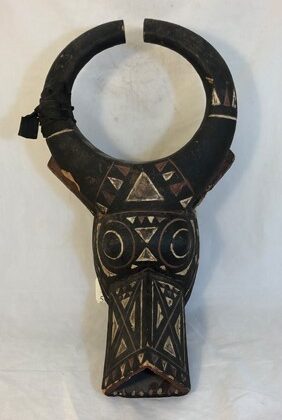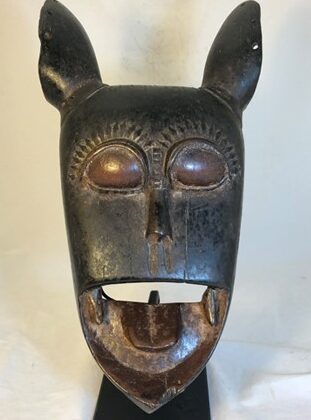African pre-coinage metal currency takes many unusual forms. One type, commonly called “throwing axe currency,” takes the form of a blunt, ceremonial hatchet or axe. Another type takes the form of a curved knife and is often called “throwing knife currency,” and these objects may actually have served a functional purpose as a weapon of warfare and/or as an agricultural tool; … [Read more...] about African Metal Currency: Researched and Conserved by Al Thompson
Traditionally, the African cultures known as the Kisii have long mined soapstone from the Tabaka Hills in southwest Kenya to make powdered soapstone for use in healing, divining, and initiation rituals. Starting in the 20th century, Kisii men began to mine this soft metamorphic rock in order to supply workshops where the soapstone is carved into small sculptures and household … [Read more...] about Hand-Carved Kisii Soapstone Objects: Researched and Conserved by Christina Elkinton
The Bamana culture of Western Africa is probably best-known for antelope masks, but the artists of this culture make other important masks as well. The Bamana Bush Cow Mask should not be confused with the bush cow masks of other nearby cultures; while they depict the same animal, the Bamana Bush Cow Mask is simple, organic, and curvilinear in comparison to the other … [Read more...] about Bush Cow Mask: Researched by Brandellia Hang
Among the common animals that are portrayed in Western African masks is the bush cow, or buffalo, which is believed in cultures such as the Bobo to personify an important deity known as Do, a nature spirit that is believed to be nature’s life force. Bush cow masks are primarily seen in harvest festivals, in entertainment masquerades for tourists, and in ceremonies that … [Read more...] about Bush Cow Mask with Geometric Designs: Researched by Brandellia Hang
The Baule culture originates from Cote D’ Ivoire in the Western African region, where they are best-known for their portrait masks depicting human faces. However, the Baule also create very individualized animal masks that symbolize traits that are important to specific ceremonies; a mask depicting characteristics of the buffalo, for example, may be used to represent a fierce … [Read more...] about Animal Mask: Researched by Brandellia Hang

